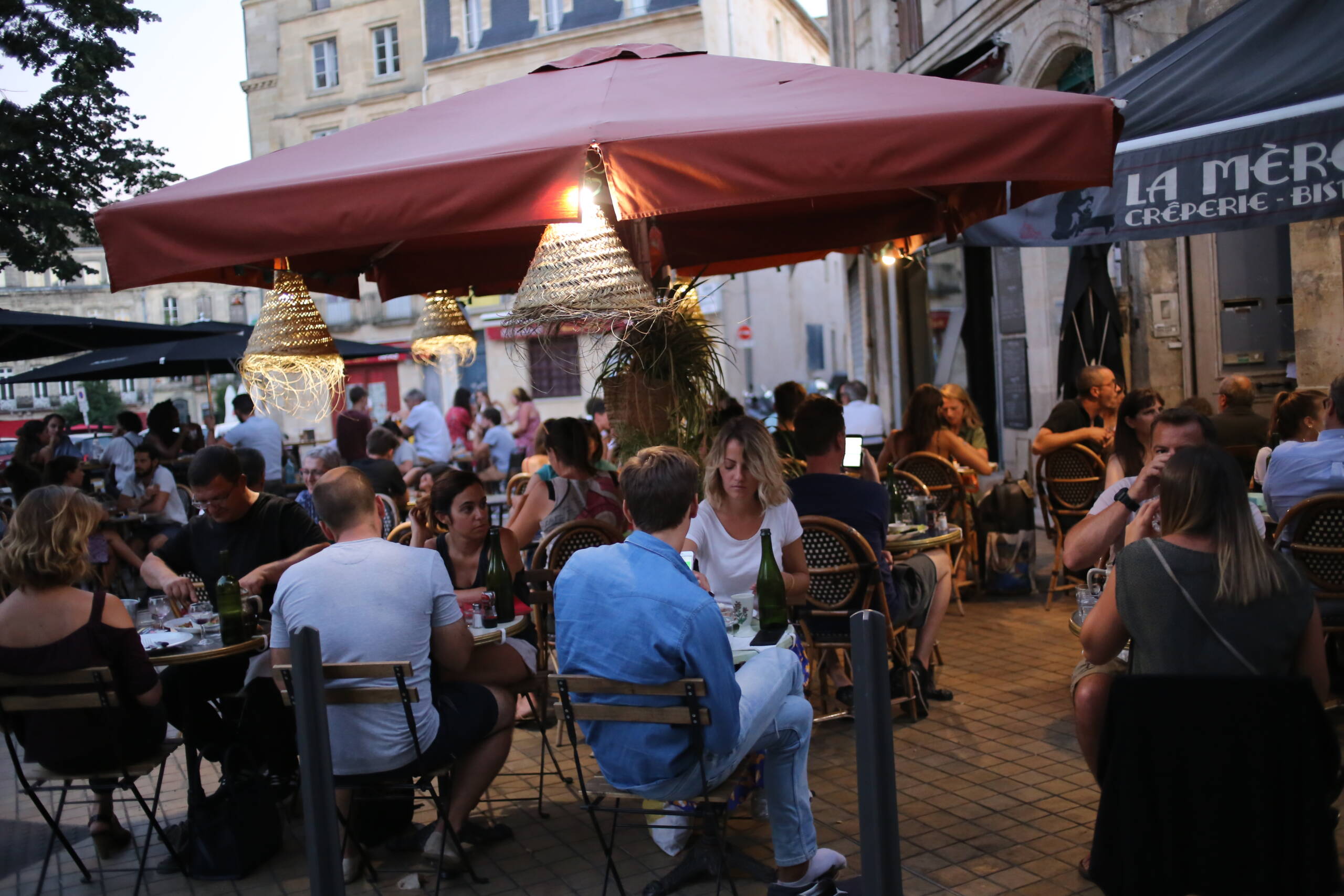Milan’s recent initiative to curb late-night dining to mitigate noise pollution and improve public safety is garnering attention across Europe. The city’s decision to ban takeaway food after midnight in popular nightlife districts like Navigli and Brera is part of a broader effort to balance vibrant nightlife with residents’ quality of life. Other European cities, such as London and Amsterdam, are observing Milan’s actions closely. London already regulates its late-night economy, while Amsterdam has relocated its cruise terminal to manage tourism’s impact. These measures reflect a growing trend in European cities to create more sustainable and livable urban environments by addressing the challenges posed by nightlife and tourism.

Milan, renowned for its vibrant nightlife and culinary delights, is experiencing a significant shift as local authorities clamp down on late-night dining spots. The city’s government, led by Deputy Mayor Marco Granelli, has proposed banning the sale of takeaway food after midnight. This move is part of a broader initiative to reduce noise pollution and improve public safety, particularly in areas known for their bustling nightlife like the Navigli and Brera districts.
These areas, famous for their picturesque canals and bohemian atmosphere, have been popular spots for late-night revelers who enjoy the various bars, cafes, and street food markets. However, the local government argues that the late-night crowds contribute to increased litter, noise, and disturbances, which negatively impact the quality of life for residents.
The Navigli District, with its charming cafes and lively bars, attracts both locals and tourists who enjoy the scenic views and vibrant ambiance, especially at night. Similarly, the Brera District, known for its art galleries, boutiques, and historic cobblestone streets, transforms into a cultural and nightlife hub after dark, offering a mix of art, culture, and gastronomic experiences. The new regulations aim to curb these nocturnal activities to ensure a more peaceful environment for residents.
Despite these measures, Milan still offers numerous options for enjoying its nightlife and culinary scene. The city is home to sophisticated clubs like Just Cavalli and Armani Privé, which provide luxurious experiences in high-end settings. Additionally, various evening walking tours highlight the city’s landmarks illuminated under the night sky, offering a serene and enchanting exploration of Milan’s rich history and modern elegance.
This regulatory shift reflects a growing trend in European cities to balance the vibrant nightlife with the needs of local residents. As Milan navigates these changes, both locals and visitors will have to adjust to new norms while still finding ways to enjoy the city’s unique offerings after dark.
As Milan takes steps to clamp down on late-night dining to reduce noise pollution and improve public safety, other European cities are observing these measures and considering similar actions. Milan’s proposal to ban the sale of takeaway food after midnight is part of a broader effort to balance nightlife with residents’ quality of life. This initiative targets areas like the Navigli and Brera districts, which are popular for their vibrant night scenes but also notorious for noise and litter problems.
London, for instance, has long been managing its late-night economy through various regulations. While the city offers an extensive range of late-night dining options, including high-end spots like Bob Bob Ricard and cultural staples such as Balthazar, there are ongoing discussions about how to balance the thriving nightlife with the needs of residents. The city already enforces closing hours for many establishments, which helps mitigate disturbances in residential areas (Time Out Worldwide) (Elite Traveler) (Tripadvisor).
Similarly, Amsterdam has introduced measures to control tourism’s impact, such as relocating its cruise terminal to reduce congestion and pollution in the city center. This move reflects a broader trend in European cities to manage the influx of visitors and the associated environmental and social challenges. Amsterdam’s approach, which includes a tax on cruise ship passengers, aims to ensure that tourism remains sustainable and that the local population does not bear an undue burden (euronews).
Barcelona has also taken steps to alleviate the effects of overtourism by moving cruise ship operations away from the city center, aiming to reduce the strain on local infrastructure and improve residents’ quality of life (euronews).
These examples indicate a growing awareness among European cities of the need to regulate nightlife and tourism to create a more sustainable and livable urban environment. While each city adapts its measures to its unique circumstances, the overarching goal remains the same: finding a balance that allows for vibrant cultural and social life without compromising the well-being of residents. As Milan implements its new regulations, it is likely that other cities will watch closely and consider adopting similar strategies to manage their own nightlife and tourism challenges.
Leave a Reply